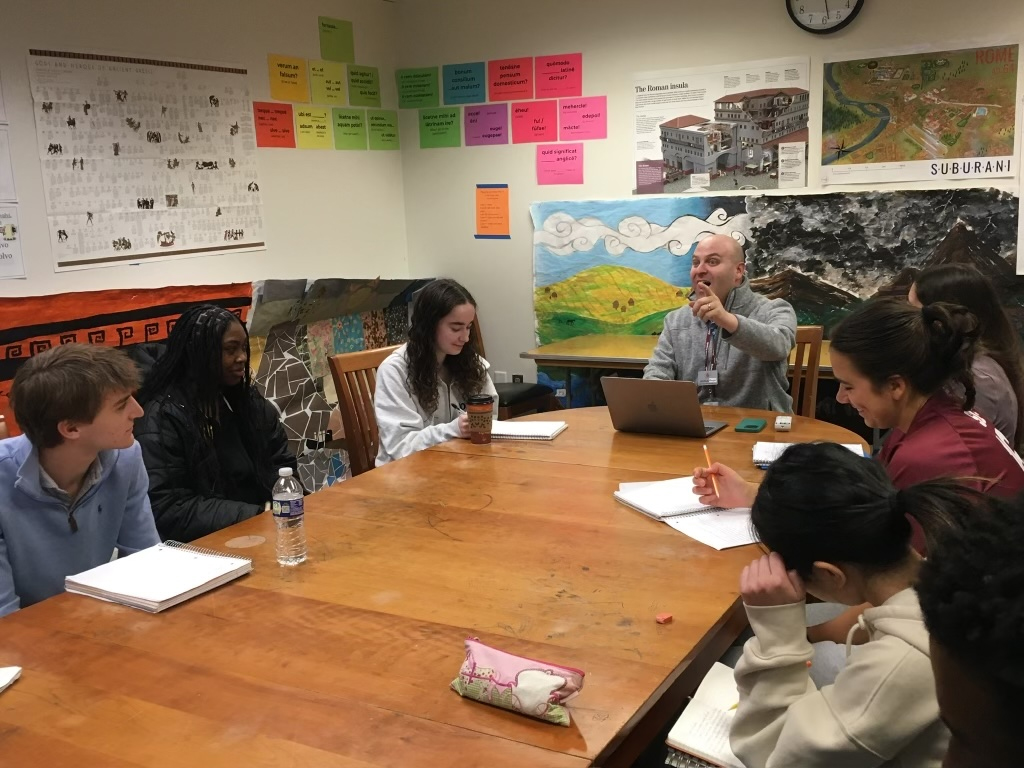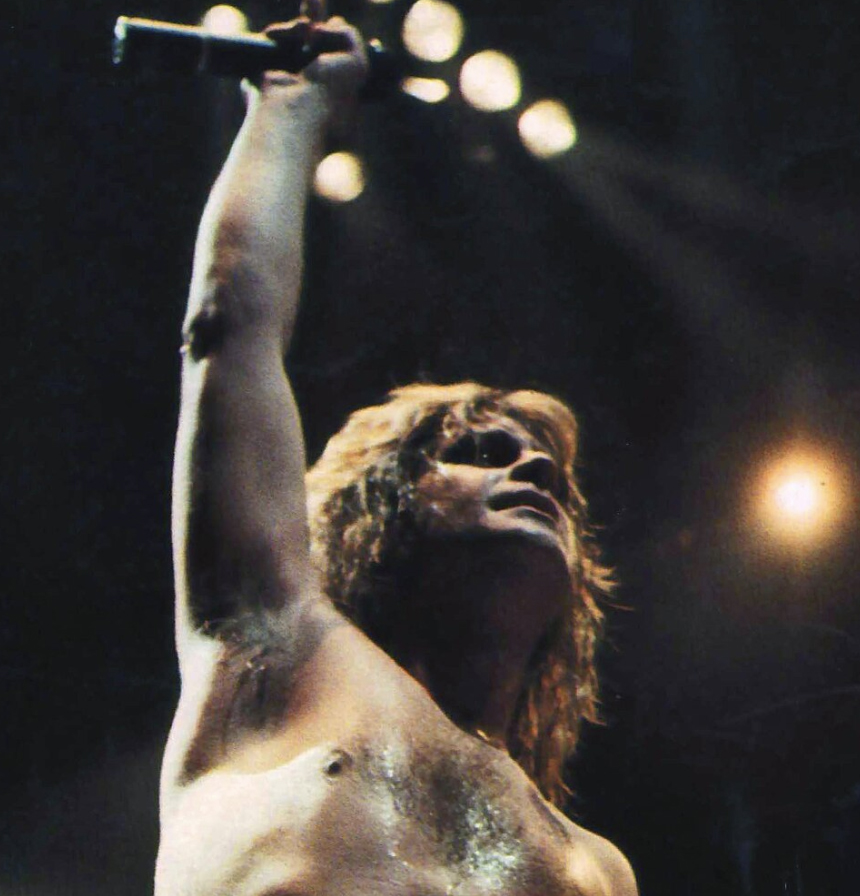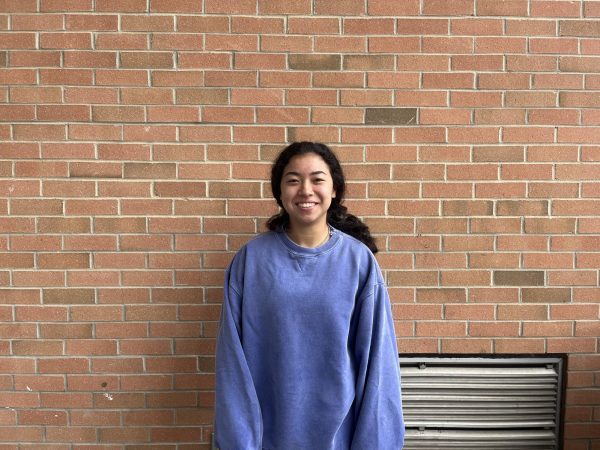On Sept. 9, Coco Gauff became the youngest American women’s United States Open champion since Serena Williams in 1999.
Throughout Gauff’s seven matches, she only dropped four sets. In the first round, she defeated Laura Siegemund from Germany. This was a widely discussed match within the tennis world due to Siegemund’s disregard for both the opponent and the umpire.
In nearly every service game, Siegemund went over the allotted 25-second serve clock. She also made Gauff wait for her to get ready when it was Gauff’s turn to serve. By doing so, she went against the accepted rule in tennis of playing to the speed of the server. Throughout the game, despite numerous rule breaks, she only received a one-point penalty in the game, and even that point was only given after Gauff decided to speak to the umpire during their third set.
Throughout the match, Gauff did her best to avoid creating a scene, and restrained herself from speaking to the umpire, but the stalling tactics eventually reached a point where Gauff decided to stand up for herself. She ended up winning the match, and would go on to face Aryna Sabalenka in the finals.
Sabalenka, now the number one player in the world, was the fan favorite, but Gauff successfully defeated her in the third set and won her first-ever Grand Slam. Over the 20-day duration of the U.S. Open, there were over 950,000 fans who attended matches. While Arthur Ashe Stadium filled all of its 23,770 seats, 3.4 million people streamed Gauff’s final match, which was broadcasted on ESPN.
Gauff started off 2023 by winning a Women’s Tennis Association (WTA) 250 tournament — one of the minor tournaments hosted throughout the year—in January in New Zealand. At the first major tournament of the year, the Australian Open, Gauff only made it to the round of 16, losing to Jelena Ostepenko, ranked 17th world-wide. In March, Gauff played at the WTA1000 BNP Paribas Open in Indian Wells, California, making it to the quarter-finals. There she faced Aryna Sabalenka, but lost in straight sets (6-4, 6-0).
Gauff did not perform well in the next three WTA1000 tournaments leading up to the French Open (Roland Garros) in May. At this major, Gauff made it to the quarter-finals but lost to top-seeded Iga Swiatek in straight sets. After the French Open, Gauff continued to underperform. One opponent, Paula Badosa, explained that her strategy was to attack Gauff’s forehand as much as possible after a victory against her at the Madrid Open in April. This observation was one many of Gauff’s opponents made early in the season, likely contributing to her early losses.
Interestingly, Gauff lacked a coach until she asked Pere Riba to join her team only a few weeks before Wimbledon. At Wimbledon, Gauff struggled in her first-round match and faced a shocking loss. In response to her defeat, she said at a press conference that “defeat makes me want to work even harder. Right now I feel very frustrated and disappointed. I feel like I have been working hard, but clearly it’s not enough.”
After Wimbledon, Gauff contacted Brad Gilbert, who has coached many tennis greats including Andre Agassi, Andy Roddick and Andy Murray. Gilbert himself won a bronze medal at the 1988 Olympics and held a career-high ranking at world no. 4 in 1990. Since Gilbert joined the Gauff team, she has seen incredible success beginning at the Mubadala Citi Open in Washington in August. Gauff played both Belinda Bencic (the sixth seed) and Liudmila Samsonova (the eighth seed),winning in straight sets. She earned her seat at the final against Maria Sakkari (the fifth seed) from Greece, where Gauff won in straight sets (6-2, 6-3). This was the beginning of Gauff’s summer success.
Only a week after the end of the Citi Open, the Western & Southern Open began in Cincinnati. Gauff started out incredibly strong, not dropping a single set until meeting the world number one, Iga Swiatek, in the semi-finals. Gauff still managed to pull away with the win against Swiatek in three sets. In the finals, she won against Karolina Muchova, solidifying her standing and building her confidence leading up to the U.S. Open, which began only a week after the end of the Western & Southern Open.












































